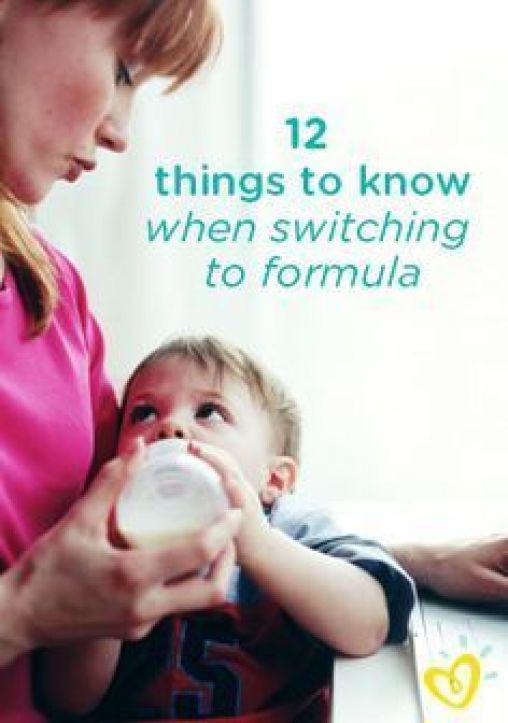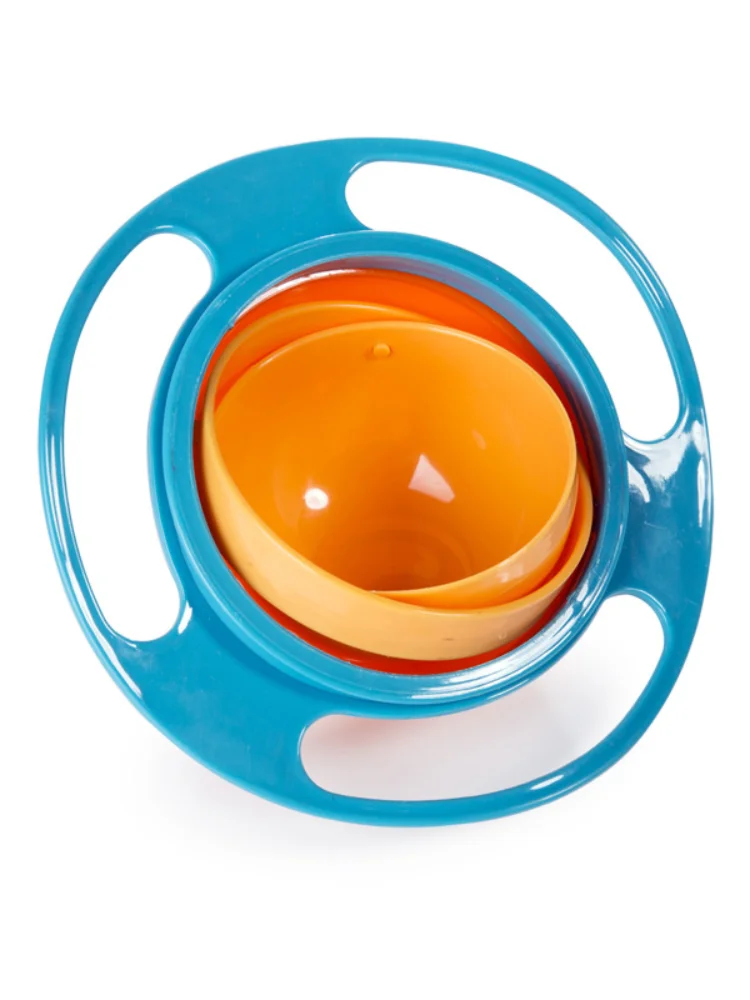Nourished beginnings baby food recipes
Nourished Beginnings Baby Food :: Nutrient-Dense Recipes for Infants, Toddlers and Beyond Inspired by Ancient Wisdom and Traditional Foods
Years and years on my heart to write, and over a year in the making, Nourished Beginnings is now available or purchase!Growing broad taste palates for nutrient dense real food really is possible!
My three girls are living proof that serving simple, real food during those mold-able months and early years will reward you with toddlers and big kids that don’t bat an eye to a plate full of mineral rich vegetables, and brain boosting, nutrient dense food.
Nourished Beginnings is my simple, no fuss approach to feeding babies a wide variety of vegetables, fruits, meats, fish, and fats – without spending all day in the kitchen. I will walk you through safe foods to start for baby’s developing digestive system, while nourishing their growing brains and bodies. Simple tastes of nutrient dense food as they explore the family flavors in the beginning will develop into full toddler meals that nourish rapidly growing bodies.
More than just a baby food book, this traditional foods focused cookbook will grow with your baby.
These recipes are truly the heart of my home. They have been the center of my kitchen for the last 8 years…when I had my first baby. The Nourishing Pea Soup grows from babyhood to the school lunch thermoses. Baby’s First Smoothie grows into Tropical Green Smoothies they will thrive on as a teen. Nourishing baby with beef, chicken, and fish purees with nutrient dense add-ins will train their palates to enjoy a grassfed roast for Sunday dinner and fresh salmon fillets on a weeknight. Let me show you how to introduce brain boosting egg yolks, cod liver oil, and fish without fuss so that they will love and even crave them as big kids.
My biggest goal is to show you how to make a nourishing meal for the whole family to enjoy – from the babies to the teens.
What others are saying!
“Nourished Beginnings Baby Food should be in every new parent’s kitchen! Renee brings food back to the basics in a way that will not only provide your child with the nutrients they need to thrive, but also help train them to love whole foods in a way nature intended. ”
”
―Amy Roskelley, co-owner of Super Healthy Kids
“Nourished Beginnings Baby Food delivers approachable, inspired recipes enveloped in practical, grounded guidance that’s otherwise missing in the dialogue on first foods. Renee Kohley shows you not only how to optimally nourish your children as they begin solid foods, but many of her recipes will likely become favorites for the whole family.”
―Jennifer McGruther, author of The Nourished Kitchen
“When it comes to elegantly simple recipes proven to be both nourishing and delicious, Renee positively shines. The simple ingredients and flavors are sure to be a hit in my home as well as others. Five stars!”
―Jill Winger, creator of The Prairie Homestead
“Renee’s book is just what our world needs. Almost all of the common diseases afflicting our children (and adults) today have a root in poor nutrition. Starting our children off right, from the very start, is going to be key to their long-term health, and Renee shows us how to prepare nutrient-dense foods that even the pickiest eaters will like. This book is not just for new parents. It’s for ALL parents.”
This book is not just for new parents. It’s for ALL parents.”
―Jessica Espinoza, creator of DeliciousObsessions.com and 20Dishes.com
“In Nourished Beginnings Baby Food, Renee offers an invaluable resource of approachable family recipes to help your family confidently lay a nourishing foundation for a balanced and practical real-food lifestyle.”
―Kristin Marr, creator of Live Simply
“Renee’s Nourished Beginnings is an absolute must-have in any parent’s library. She teaches you how to get your children hooked on real, nutrient-dense, traditional foods no matter their age, with a special focus on making every bite count for babies and toddlers. This is especially helpful for new moms or otherwise busy parents who want to feed their children the best food possible made from whole ingredients.”
―Amanda Torres, MS, creator of The Curious Coconut
Nourished Beginnings is available at ::
Nourished Beginnings Baby Food: Nutrient-Dense Recipes for Infants, Toddlers and Beyond Inspired by Ancient Wisdom and Traditional Foods by Renee Kohley, Paperback
Nourished Beginnings Baby Food
Nutrient-Dense Recipes for Infants, Toddlers and Beyond Inspired by Ancient Wisdom and Traditional Foods
By Renee Kohley
Page Street Publishing Co.
Copyright © 2016 Renee Kohley
All rights reserved.
ISBN: 978-1-62414-313-7
CHAPTER 1
vegetable purees
Introducing a variety of vegetable flavors, colors and textures will pave the way to having toddlers and school-aged children who won't fight about those green beans you put on their plate. Vegetables are so rich in vitamins and minerals and are a fantastic component to just about every meal baby eats. And since vegetables are on everyone's plate in the family, preparing baby's vegetables will go right alongside making your dinner.
All vegetables in this section are pureed with water or bone broth. Use what you have on hand. You can find my recipe for bone broth here. Bone broth adds extra nourishment to the meal as well as makes it taste really good. There are tips in the broth recipes for making bone broth a quick process that can fit into anyone's schedule so it is always on hand. You will also notice that each recipe in this section incorporates a "friendly fat" with each vegetable. Vegetables are digested best with a little nourishing fat, and the vitamins in the veggies are best absorbed with the fat. You can follow each recipe as it's written, or switch up the fats depending on what you have available. There are many benefits to each individual fat source, so changing it up and rotating things is a good idea. There is a list of friendly fats that are safe to use, as well as fats to avoid, here.
You will also notice that each recipe in this section incorporates a "friendly fat" with each vegetable. Vegetables are digested best with a little nourishing fat, and the vitamins in the veggies are best absorbed with the fat. You can follow each recipe as it's written, or switch up the fats depending on what you have available. There are many benefits to each individual fat source, so changing it up and rotating things is a good idea. There is a list of friendly fats that are safe to use, as well as fats to avoid, here.
peas with bone broth, butter and sea salt
Bright, fresh peas will become one of baby's favorite finger foods as a toddler when you start with a mashed pea meal they love! Peas are a great source of vegetable protein, vitamins and minerals. When peas cook down in the butter and sea salt, they become sweet — especially to baby's sensitive palate! The friendly fat in the butter will help the peas to be easily digested and will help baby's digestive system absorb the fat-soluble vitamins.
Peas, fresh or frozen
Splashes of water or bone broth (see bone broth recipe here)
Butter
Sea salt
steaming method
Steam the fresh or frozen peas in your steamer for 15 minutes. If you are using frozen peas, you don't even have to thaw them; just dump them into the steamer right from the freezer! Blend to puree, adding splashes of water or bone broth to get the desired texture. You can use a food processor or blender.
pan-sauté method
Warm your pan over medium heat, add 2 to 3 tablespoons (30 to 45 g) of butter to melt per 2 cups (268 g) of peas, and then add the peas with a few pinches of sea salt. If you are using frozen peas, you can add them to the pan right from the freezer; no need to thaw! You can cook more than 2 cups (268 g) at a time if you plan to freeze for later use.
Cook the peas over medium heat until they are bright green and softened, about 5 minutes. Pour the peas into your blender or food processor, including the cooking fat left in the pan, and puree until smooth. Thin the puree with water or bone broth to your baby's liking.
Thin the puree with water or bone broth to your baby's liking.
When serving baby, start with a tablespoon (15 ml) of pea puree, and add a teaspoon of butter along with a pinch of sea salt to the puree and stir to combine.
Leftovers from either method can be kept in the fridge for about 5 days, or can be frozen for months in ice cube trays for baby servings or freezer-safe containers for larger servings.
carrots with tallow or lard and sea salt
Baby is going to love these sweet little carrots! Not only are carrots filled with vitamins, minerals and antioxidants, the tallow and sea salt add an extra vitamin and mineral punch, too. The friendly fats in the tallow will help baby digest these carrots easily, as well as help her digestive system absorb the fat-soluble vitamins.
This is about as easy as it gets, too. If you are planning on carrots with your dinner, you can steam or pan sauté carrots for the whole family, and scoop some out to puree for baby! No extra cooking or special foods here.
Carrots
Splash of water or bone broth (see bone broth recipe here)
Lard or tallow (see recipe for rendering lard & tallow here)
Sea salt
steaming method
Steam the carrots (you don't even have to chop them!) in your steamer for 30 minutes, and then blend to puree, using a food processor or blender. You can add a splash of water or bone broth to thin, if needed, to baby's liking.
pan-sauté method
Cut the carrots into "coins." Warm your pan over medium heat, add 2 to 3 tablespoons (25 to 38 g) of lard or tallow to melt per 2 cups (244 g) of carrots, and then add the carrots with a few pinches of sea salt. You can cook more than 2 cups (244 g) at a time if you plan to freeze for later use.
Cook the carrots over medium heat until they are bright orange and fork-tender, about 7 to 10 minutes. Pour the carrots into your blender or food processor, including the cooking fat left in the pan, and puree until smooth. You can thin the puree with water or bone broth if needed.
When serving baby, start with a tablespoon (15 ml) of carrot puree, add a teaspoon of lard or tallow along with a pinch of sea salt and stir to combine.
Leftovers from either method can be kept in the fridge for about 5 days, or can be frozen for months in ice cube trays for baby servings or freezer-safe containers for larger servings.
zucchini and marrow with bone broth and sea salt
Zucchini is a fun summer staple in our home that my girls have come to look forward to every June. When babies have had zucchini from babyhood, they really come to love them!
Zucchini and marrow go well together because the high fat content in the marrow will allow the fat-soluble vitamins, like vitamin K in the zucchini, to be absorbed. Zucchini is also a great source of many minerals including magnesium, potassium and natural sodium, all of which nourish our adrenals and electrolyte balance.
Zucchini
Splashes of water or bone broth (see bone broth recipe here)
Marrow from cooked pastured beef bones (see directions for roasting marrow bones in the bone broth recipe here)
Sea salt
steaming method
Slice the zucchini into ½-inch (1.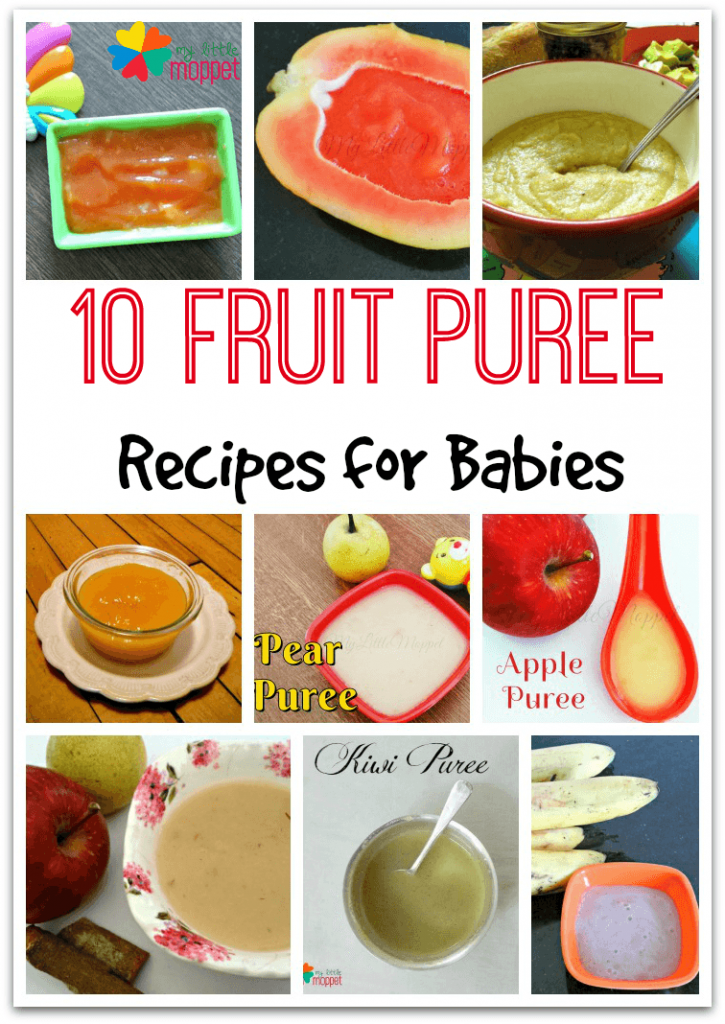 3-cm) rounds. Steam the zucchini in your steamer for 15 minutes. Blend the cooked zucchini along with 2 tablespoons (25 g) marrow per 2 cups (226 g) of zucchini in your food processor or blender. Add pinches of sea salt to taste when serving.
3-cm) rounds. Steam the zucchini in your steamer for 15 minutes. Blend the cooked zucchini along with 2 tablespoons (25 g) marrow per 2 cups (226 g) of zucchini in your food processor or blender. Add pinches of sea salt to taste when serving.
pan-sauté method
Slice the zucchini into ½-inch (1.3-cm) rounds. Warm your pan over medium heat, add 2 tablespoons (25 g) of marrow to melt per 2 cups (226 g) of zucchini, and then add the zucchini with a few pinches of sea salt. You can cook more than 2 cups (226 g) at a time if you plan to freeze some for later use.
Cook the zucchini over medium heat until the skin turns bright green and the zucchini has softened, about 7 to 10 minutes. Pour the zucchini into your blender or food processor, including the cooking fat left in the pan, and puree until smooth. Thin the puree with water or bone broth to your baby's liking.
When serving baby, start with a tablespoon (15 ml) of zucchini puree, and add a teaspoon of marrow along with a pinch of sea salt and stir to combine.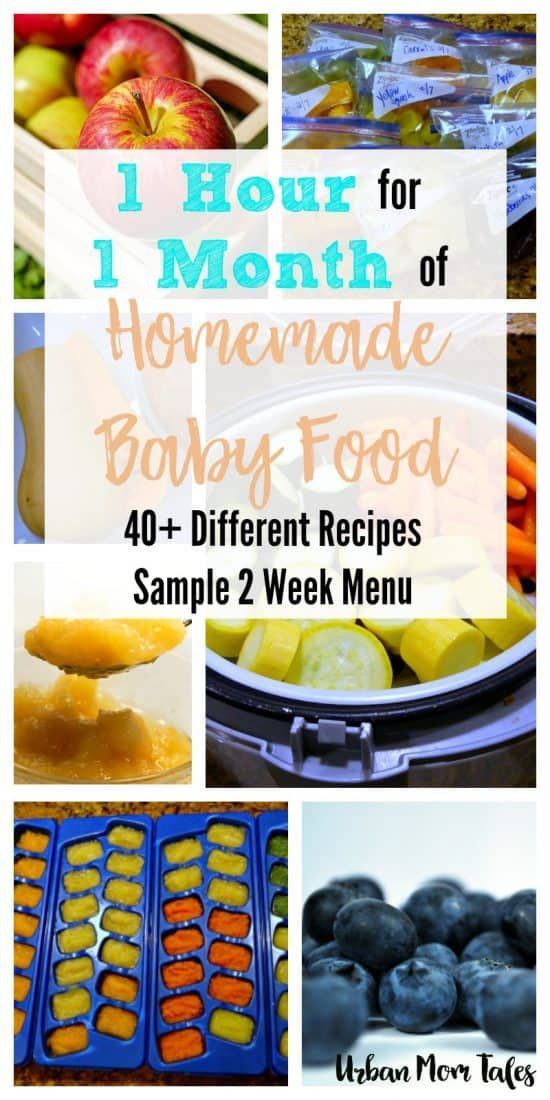
Leftovers from either method can be kept in the fridge for about 5 days, or can be frozen for months in ice cube trays for baby servings or freezer-safe containers for larger servings.
broccoli and coconut oil with bone broth and sea salt
Antioxidant-rich broccoli is a weekly staple at our table, and there is no forcing these nutritious vegetables when you start introducing them in babyhood with yummy, sweet coconut oil!
Coconut oil is rich in lauric acid, almost identical to the lauric acid found in breast milk that helps to protect the immune system. The friendly fat in the coconut oil will help the broccoli be digested easily as well as help baby's digestive system absorb the fat-soluble vitamins.
Broccoli florets, fresh or frozen
Splashes of water or bone broth (see bone broth recipe here)
Coconut oil
Sea salt
steaming method
Steam the broccoli in your steamer for 25 minutes. If you are using frozen broccoli, you don't even have to thaw it! Just dump the florets into the steamer right from the freezer.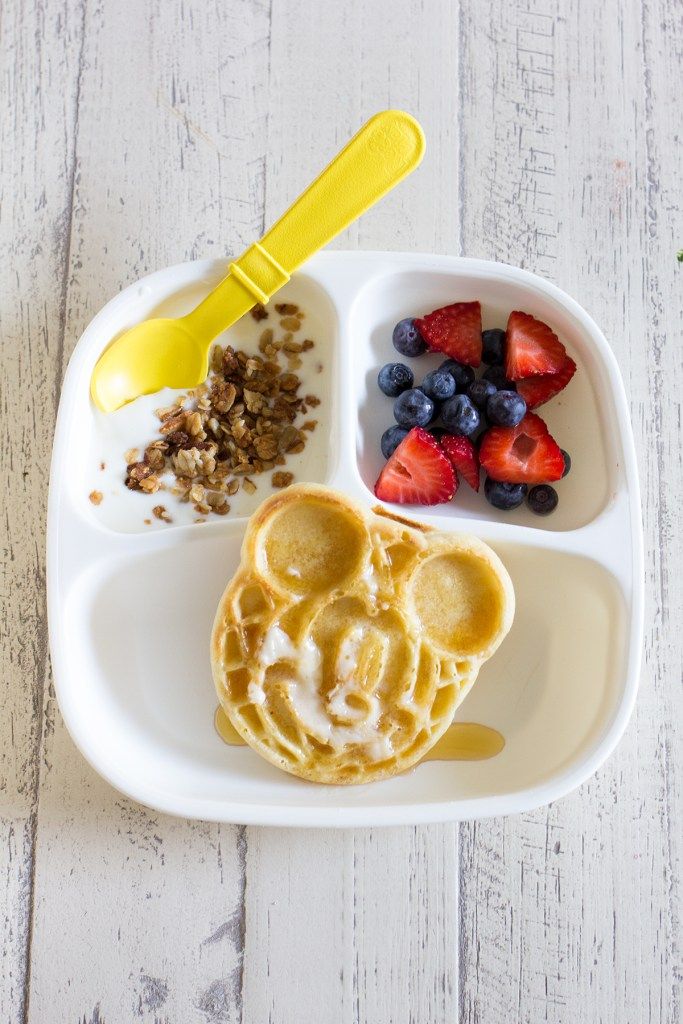 Blend to puree, adding splashes of water or bone broth to make the texture the way you want it. You can use a food processor or blender.
Blend to puree, adding splashes of water or bone broth to make the texture the way you want it. You can use a food processor or blender.
pan-sauté method
Warm your pan over medium heat, add 2 to 3 tablespoons (25 to 38 g) of coconut oil to melt per 2 cups (182 g) of broccoli, and then add the broccoli with a few pinches of sea salt. If you are using frozen broccoli, this method works best if the broccoli is thawed first. You can cook more than 2 cups (182 g) at a time if you plan to freeze some for later use.
Cook the broccoli over medium heat until it is bright green and softened, about 15 to 20 minutes. Pour the broccoli into your blender or food processor, including the cooking fat left in the pan, and puree until smooth. Thin the puree out with water or bone broth to your baby's liking.
When serving baby, start with a tablespoon (15 ml) of broccoli puree, and add a teaspoon of coconut oil along with a pinch of sea salt and stir to combine.
Leftovers from either method can be kept in the fridge for about 5 days, or can be frozen for months in ice cube trays for baby servings or freezer-safe containers for larger servings.
squash with butter and kraut juice
This meal with sweet squash, creamy butter and sea-salty kraut juice is filled with delicious flavor and texture for baby, and is loaded with nutrients.
Not only is squash high in vitamins and minerals, adding the probiotic-rich punch of kraut juice will nourish baby's tummy flora for healthy digestion and a powerful immune system. Simply scoop the juice from a jar of sauerkraut right into the puree. Squash is very simple to digest, and the friendly fat in the butter will help baby's digestive system absorb the fat-soluble vitamins in the squash.
Winter squash such as butternut, acorn, kobucha or buttercup, halved with seeds scooped out
3 tbsp (45 g) butter, plus more for serving
1 tsp sea salt
¼ tsp kraut juice per tablespoon (15 ml) squash puree
Preheat the oven to 425 °F (220 °C).
Put the halved squashes flesh-side up on a baking sheet, butter the flesh and sprinkle with the sea salt.
Roast at 425 °F (220 °C) for 50 to 60 minutes. When ready, the flesh should be fork-tender and have a caramelized look.
When ready, the flesh should be fork-tender and have a caramelized look.
Scoop the cooked squash into your blender or food processor and puree. You can add a splash or two of water or bone broth to thin it out if you need to for baby.
When serving, add ¼ teaspoon kraut juice per tablespoon (15 ml) of squash puree for baby, along with a ½ teaspoon of butter. The kraut juice should give enough salt taste but you can add sea salt to taste if you wish.
Leftovers can be kept in the fridge for about 5 days, or can be frozen for months in ice cube trays for baby servings or in freezer-safe containers for larger servings.
note: As baby gets older and wants to eat with his fingers, you can skin the squash, cube it and roast it by the same method for about 40 minutes. Squash cubes are so sweet, and my babies ate them like candy!
green beans with whole yogurt and sea salt
One of my favorite times of the year is midsummer, when I take my girls through the garden and watch them gobble up fresh green beans right off the bush. It blows me away every time they are so enthusiastic about eating them, but the green bean flavor has been with them since babyhood. They really developed a taste for them and now they love them!
It blows me away every time they are so enthusiastic about eating them, but the green bean flavor has been with them since babyhood. They really developed a taste for them and now they love them!
Green beans sweeten a little when you cook them, and pairing them with tangy, whole plain yogurt is a great combination. Getting your baby used to the tang of a plain yogurt will reward you with a baby who is accustomed to it and who doesn't need to have sugar-laden commercial yogurts to get a cup down.
Green beans, fresh or frozen
Splashes of water or bone broth (see bone broth recipe here)
Whole unsweetened plain yogurt
Butter, for cooking with the sauté method
Sea salt
steaming method
Steam the green beans in your steamer for 25 minutes. If you are using frozen green beans, you don't even have to thaw them! Just dump them into the steamer right from the freezer. Blend to puree, adding splashes of water or bone broth to make the texture the way you want it.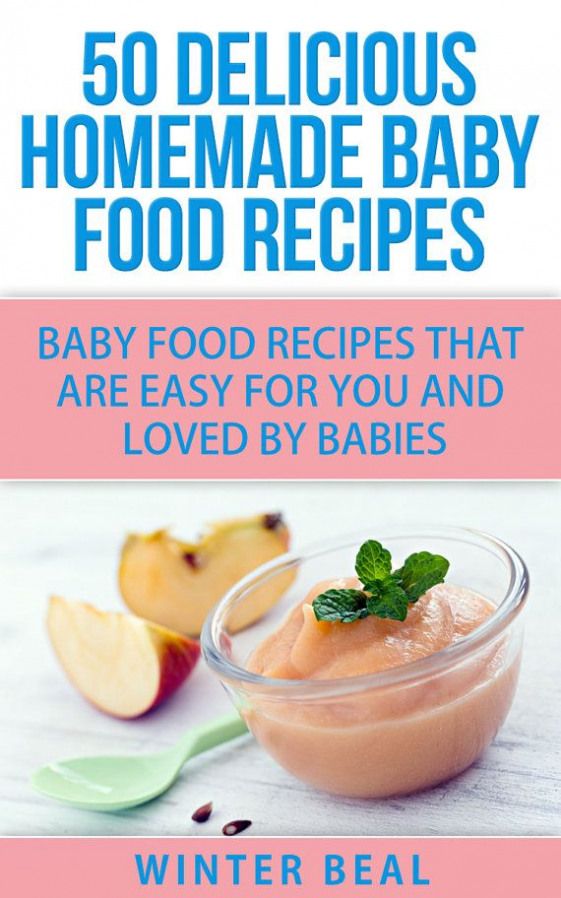 You can use a food processor or blender.
You can use a food processor or blender.
pan-sauté method
Warm your pan over medium heat, add 2 tablespoons (25 g) of butter to melt per 2 cups (220 g) of green beans, and then add the green beans with a few pinches of sea salt. If you are using frozen green beans, this method works best if the green beans are thawed first. You can cook more than 2 cups (220 g) at a time if you plan to freeze some for later use.
Cook the green beans over medium heat until they are bright green and softened, about 15 minutes. Pour the green beans into your blender or food processor, including the cooking fat left in the pan, and puree until smooth. Thin the puree out with water or bone broth to your baby's liking.
When serving baby, start with a tablespoon (15 ml) of green bean puree, and add a teaspoon of yogurt along with a pinch of sea salt and stir to combine.
Leftovers from either method can be kept in the fridge for about 5 days, or can be frozen for months in ice cube trays for baby servings or freezer-safe containers for larger servings.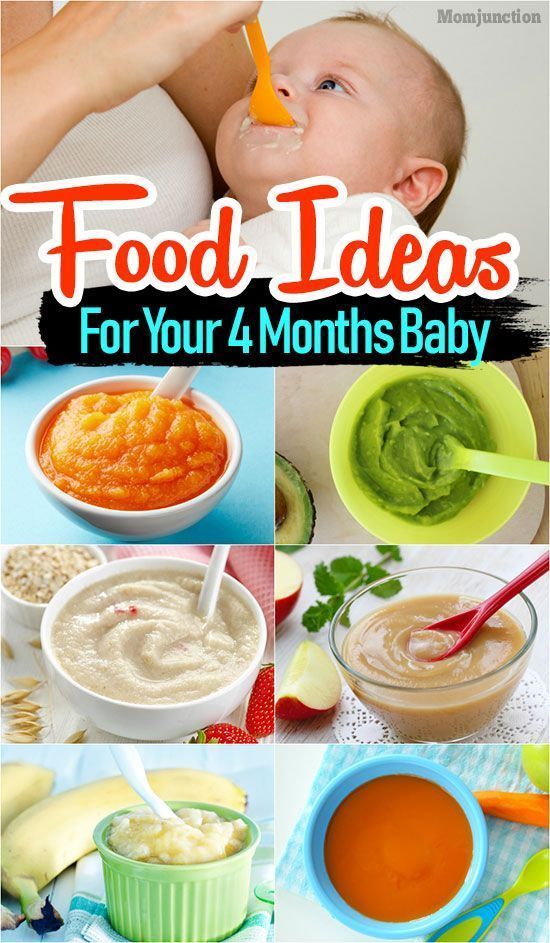
sweet potatoes with butter, bone broth and sea salt
Sweet potatoes are one of my favorite sources of the slow-burning, dietary fiber type of energy to feed kids. Sweet potatoes are such a simple food, but they pack a really big vitamin and mineral punch in addition to a sustaining energy.
Since sweet potatoes are naturally very sweet, they will become a favorite finger food as baby enters toddlerhood, too!
Sweet potatoes, cubed
Splashes of water or bone broth (see bone broth recipe here)
Butter
Sea salt
steaming method
Steam the sweet potatoes in your steamer for 30 minutes and then blend to puree, adding splashes of water or bone broth to get the desired texture. You can use a food processor or blender.
pan-sauté method
Warm your pan over medium heat, add 2 to 3 tablespoons (25 to 38 g) of butter to melt per 2 cups (266 g) of sweet potato, and then add sweet potato with a few pinches of sea salt to soften and sweeten the sweet potatoes.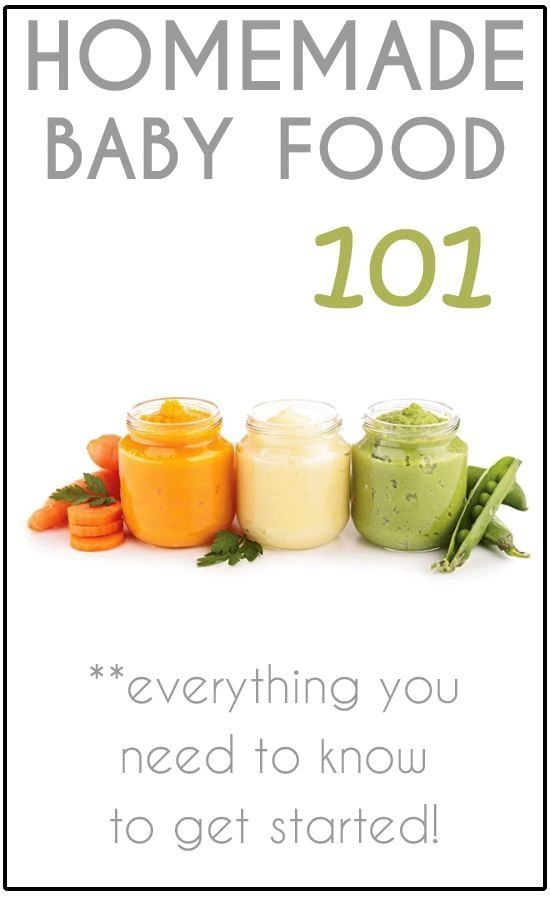 You can cook more than 2 cups (266 g) at a time if you plan to freeze it for later use.
You can cook more than 2 cups (266 g) at a time if you plan to freeze it for later use.
Cook the sweet potatoes over medium heat until they are softened, about 15 to 20 minutes. Pour the sweet potatoes into your blender or food processor, including the cooking fat left in the pan, and puree until smooth. Thin the puree out with water or bone broth to your baby's liking.
When serving baby, start with a tablespoon (15 ml) of sweet potato puree, and add a teaspoon of butter along with a pinch of sea salt and stir to combine. When baby starts finger foods, the cubed sweet potatoes can be put on the plate and fed finger-food style.
Leftovers from either method can be kept in the fridge for about 5 days, or can be frozen for months in ice cube trays for baby servings or freezer-safe containers.
cauliflower with butter and sea salt
Cooked cauliflower with butter is one of those matches made in heaven: smooth, creamy and flavorful. Baby is really going to like this one!
For its neutral white color, common cauliflower is surprisingly rich in vitamins C and K! The friendly fat in the butter will help the cauliflower to be digested easily and will help baby's digestive system absorb the fat-soluble vitamins.
Cauliflower florets, fresh or frozen
Splashes of water or bone broth (see bone broth recipe here)
Butter
Sea salt
steaming method
Steam the cauliflower in your steamer for 25 minutes. If you are using frozen cauliflower, you don't even have to thaw it! Just dump it into the steamer right from the freezer. Blend to puree, adding splashes of water or bone broth to make the texture the way you want it. You can use a food processor or blender.
pan-sauté method
Warm your pan over medium heat, add 2 to 3 tablespoons (30 to 45 g) of butter to melt per 2 cups (200 g) of cauliflower, and then add the cauliflower with a few pinches of sea salt. If you are using frozen cauliflower, this method works best if the cauliflower is thawed first. You can cook more than 2 cups (200 g) at a time if you plan to freeze some for later use.
Cook the cauliflower over medium heat until it is softened, about 15 to 20 minutes. Pour the cauliflower into your blender or food processor, including the cooking fat left in the pan, and puree until smooth. Thin the puree with water or bone broth to your baby's liking.
Thin the puree with water or bone broth to your baby's liking.
When serving baby, start with a tablespoon (15 ml) of cauliflower puree, and add a teaspoon of butter along with a pinch of sea salt and stir to combine.
Leftovers from either method can be kept in the fridge for about 5 days, or can be frozen for months in ice cube trays for baby servings or freezer-safe containers for larger servings.
(Continues...)
Excerpted from Nourished Beginnings Baby Food by Renee Kohley. Copyright © 2016 Renee Kohley. Excerpted by permission of Page Street Publishing Co..
All rights reserved. No part of this excerpt may be reproduced or reprinted without permission in writing from the publisher.
Excerpts are provided by Dial-A-Book Inc. solely for the personal use of visitors to this web site.
Second courses for children - 116 recipes with step by step photos
Join the most comfortable home cooking community! Recipes "Recipes for kids" by type
- First courses
-
Second courses
- Bakery products nine0007 Miscellaneous
- Desserts and sweets
- Multicooker recipes
- New Year's recipes
Filter Recipes
Chicken souffle with steamed olives in a multicooker
Chicken souffle with steamed olives in a multicooker
Curd casserole "Cool grandmother"
Curly grandmother
omelet (Frittata) with a spinach of
omelet with spinach
Lazy dumplings with vanilla
Lazy dumplings with vanilla
lazy dumplings
lazy dumplings
Pumpkin porridge with a millet
Pumpkin porridge in a multicooker
puree from a battery 9000 with raisins
Tuscan rice pudding
Tuscan rice pudding
Spiced milk rice (kheer)
Spiced milk rice (kheer)
Children's carrot puree
Children's carrot puree
Children's zucchini puree
Children's zucchini puree
"Gnezes" from zucchini
"Gnodes" from zucchini
Curd baking with raisins and dried backbone
Extra cass
Multicooker Banana Casserole
Multicooker Banana Casserole
Chicken Muffins with Cottage Cheese and Cheese
Chicken Muffins with Cottage Cheese and Cheese 9Ol000 multicooker
Tender chicken breast in multicooker
Cottage cheese-pumpkin casserole in multicooker
Cottage cheese-pumpkin casserole in multicooker
Bulgur with milk in multicooker
Bulgur with milk in a slow cooker
Meat pudding in a slow cooker
Meat pudding in a slow cooker
Mashed potatoes
Mashed potatoes
-
Multicooker recipes
-
Vegetarian recipes
-
Healthy eating
-
Recipes for children
-
New Year's recipes
-
Apple pastries and sweets
nine0008 -
Salad recipes
-
First courses
-
Second courses
-
National dishes
-
Bakery products
-
Cakes and pastries
-
Desserts and sweets
-
Drinks
-
Preparations, pickles, jams
-
Sauces
-
Miscellaneous
nine0039
Baby food recipes - step by step recipes with photos on maggi.




